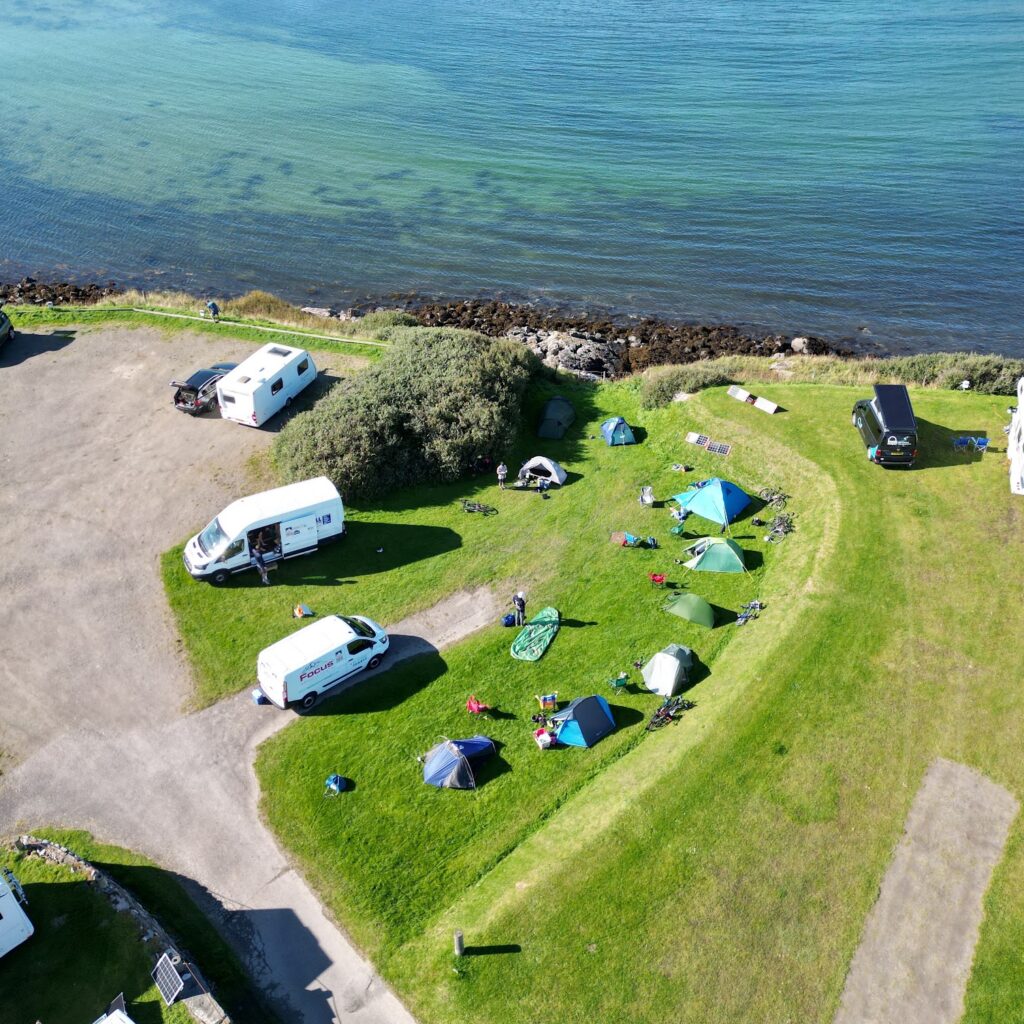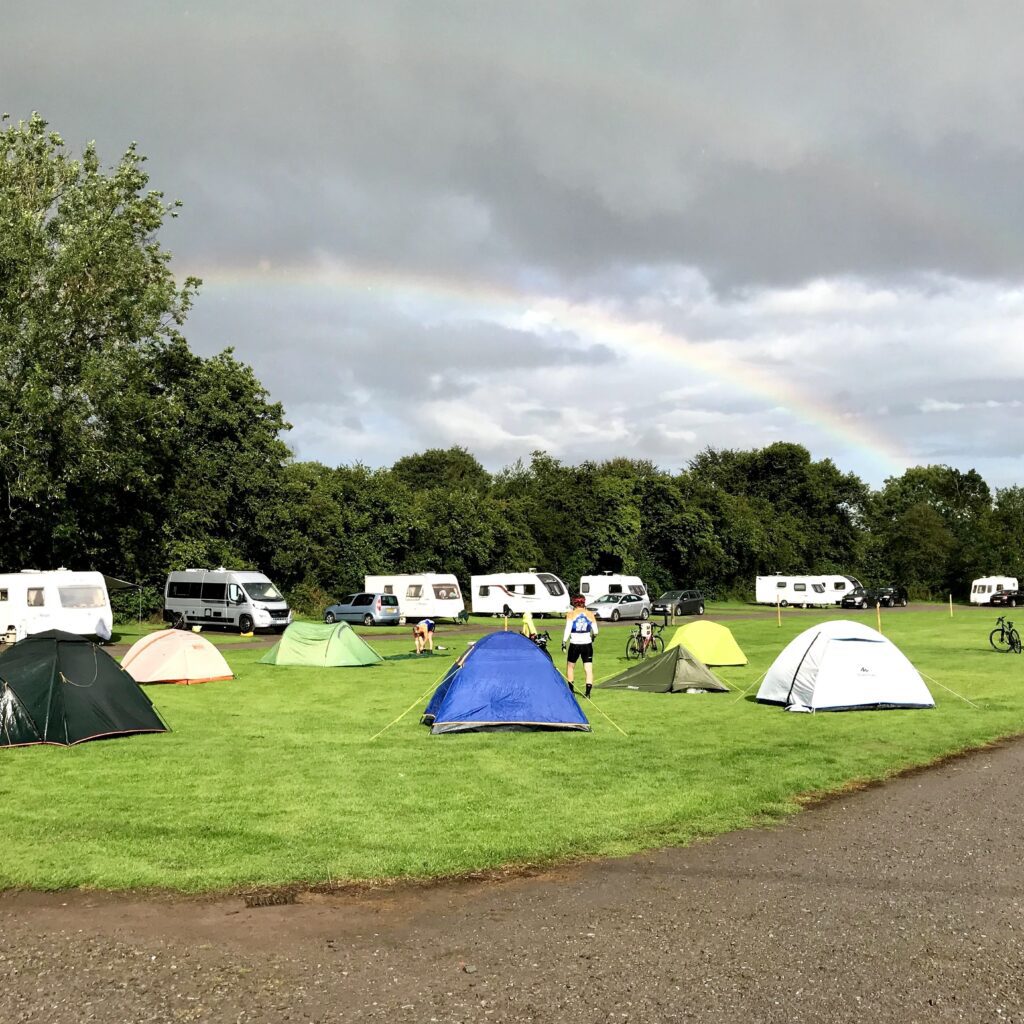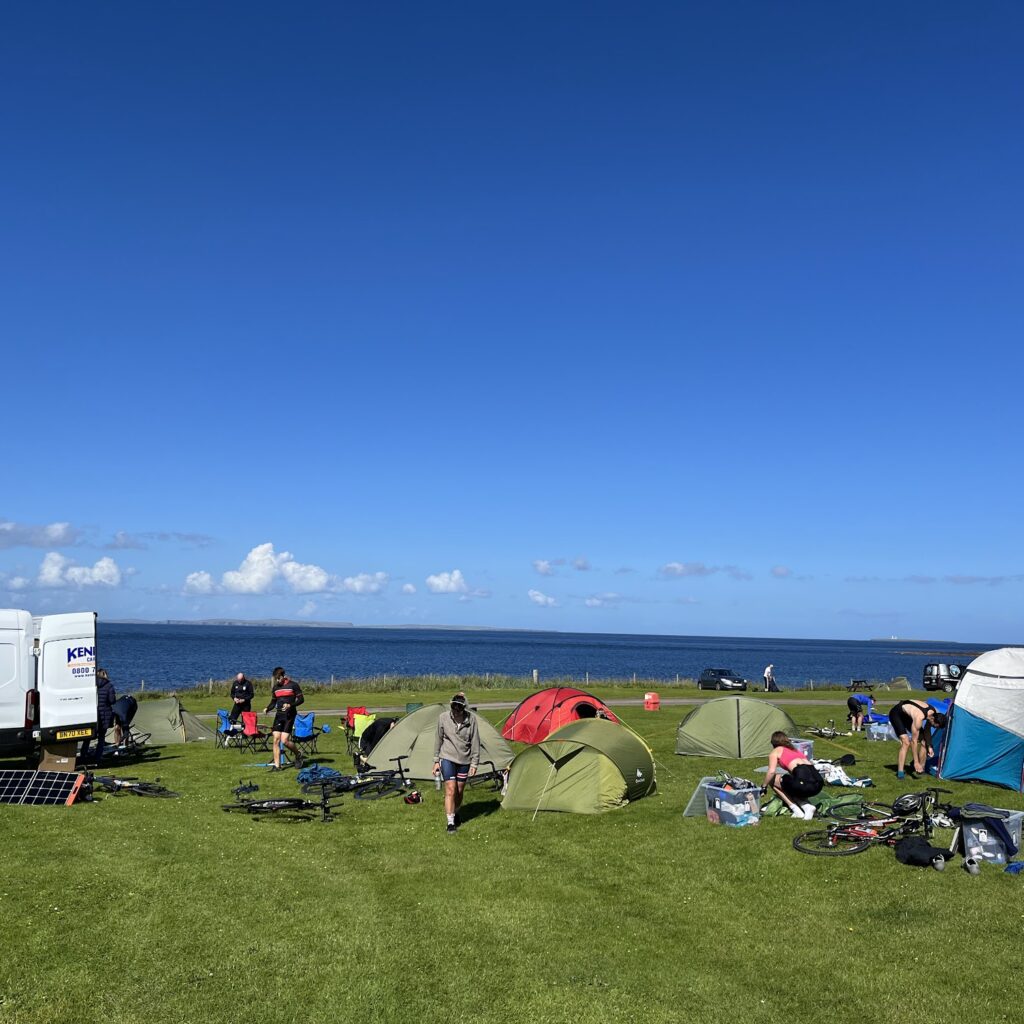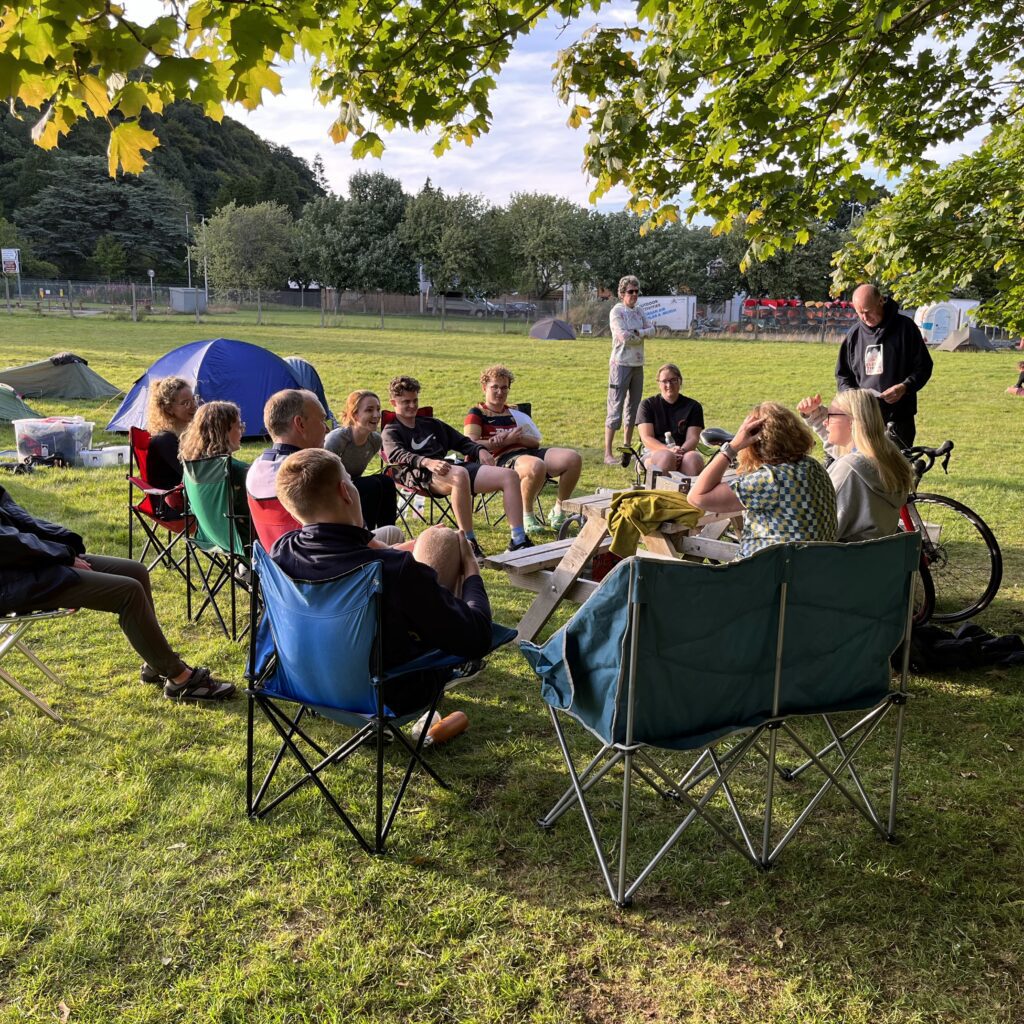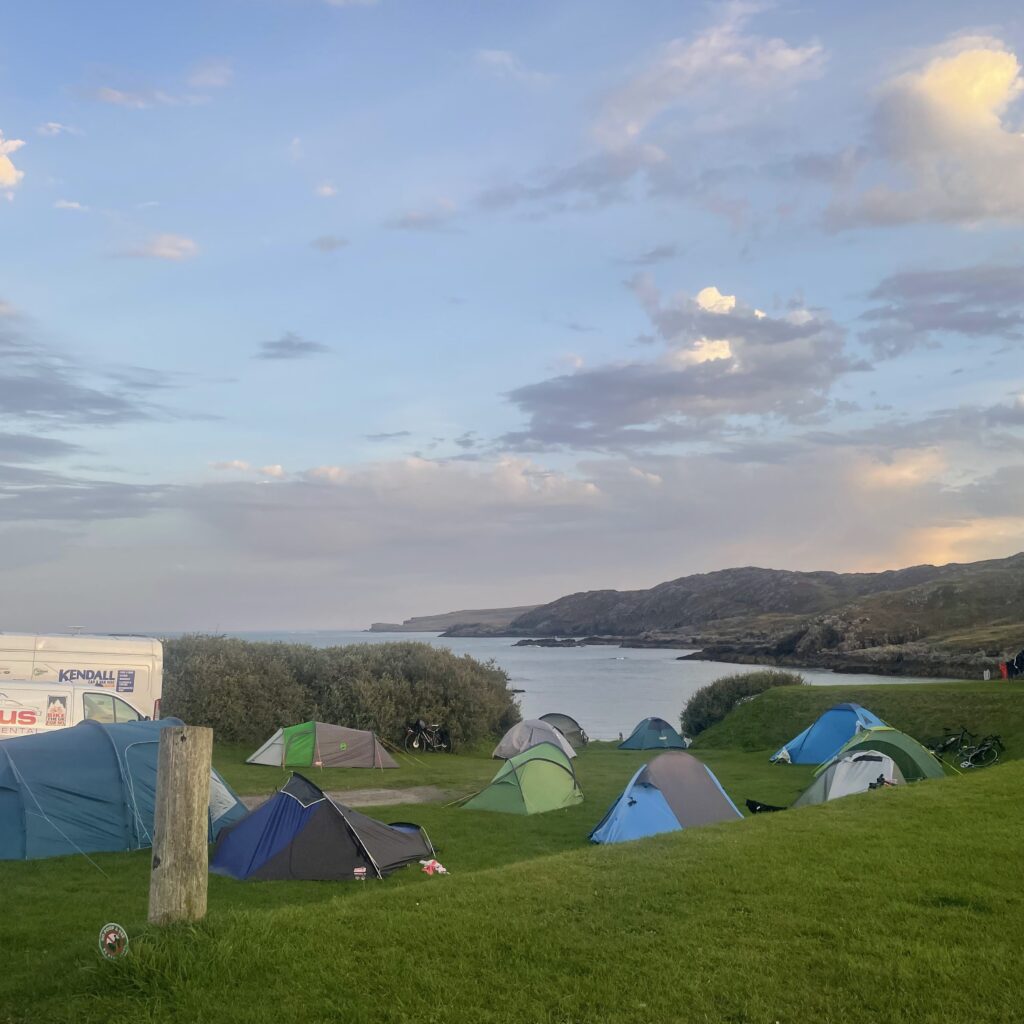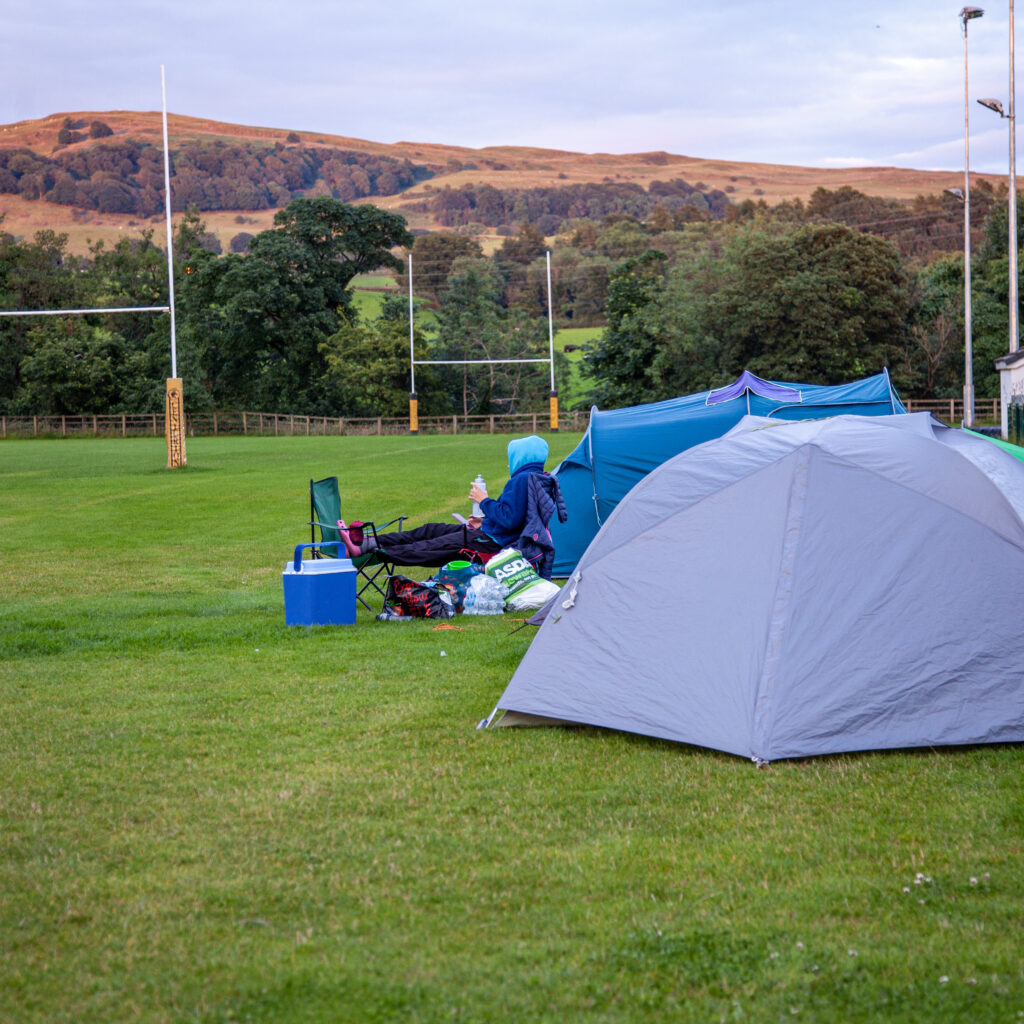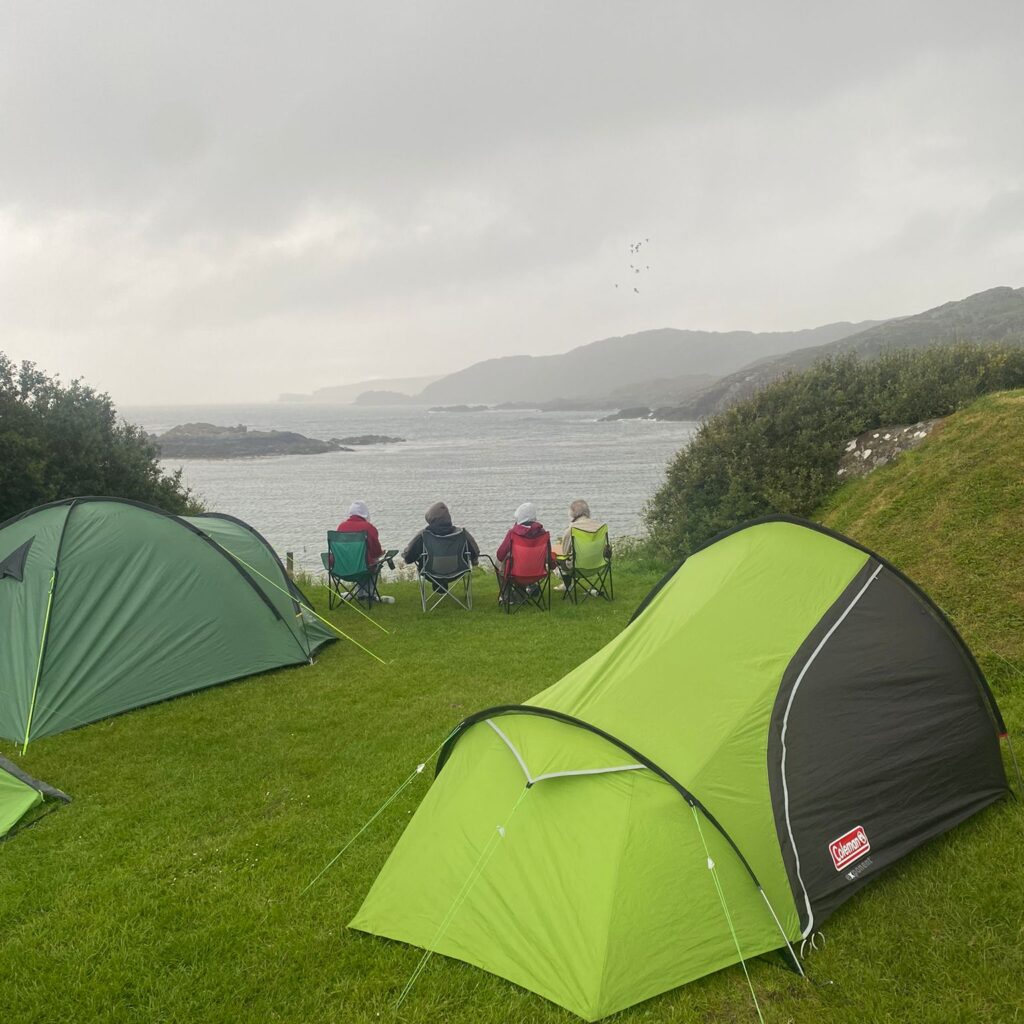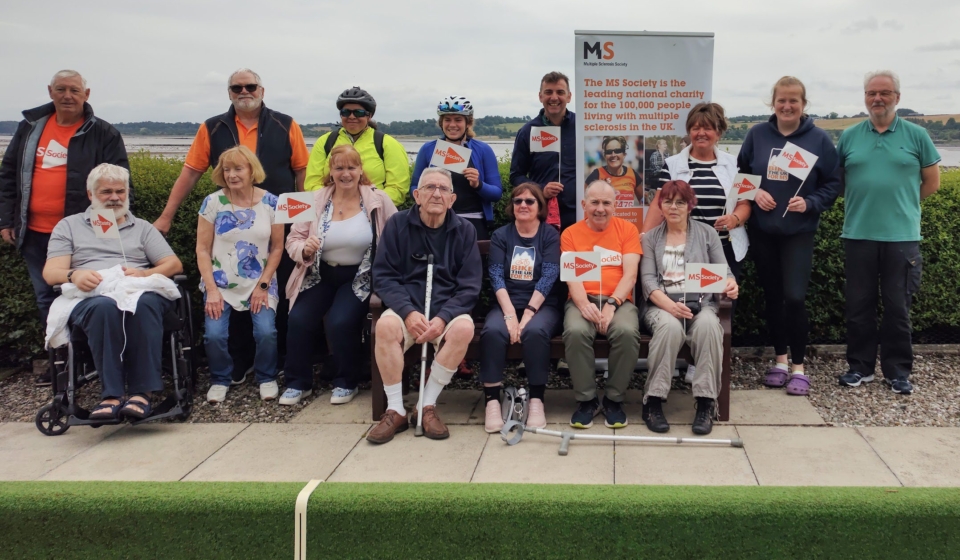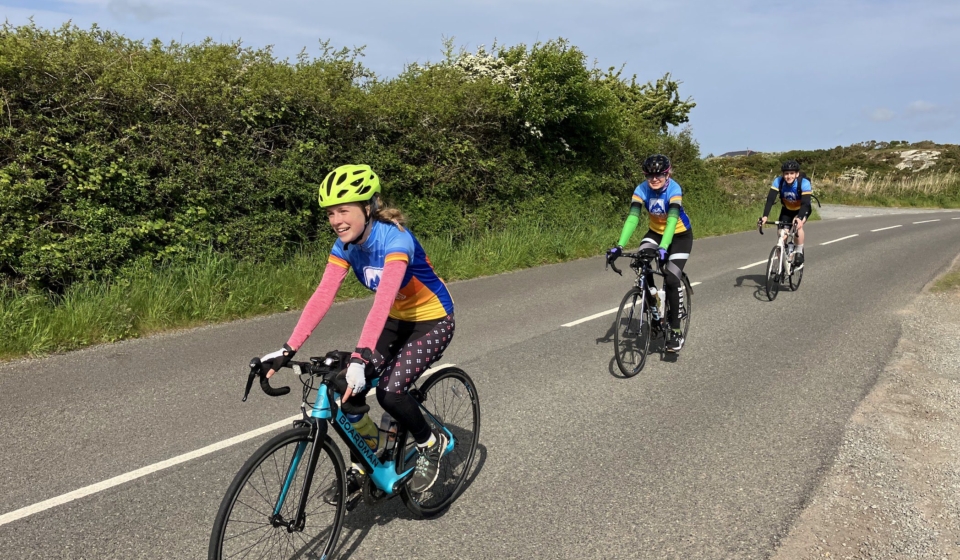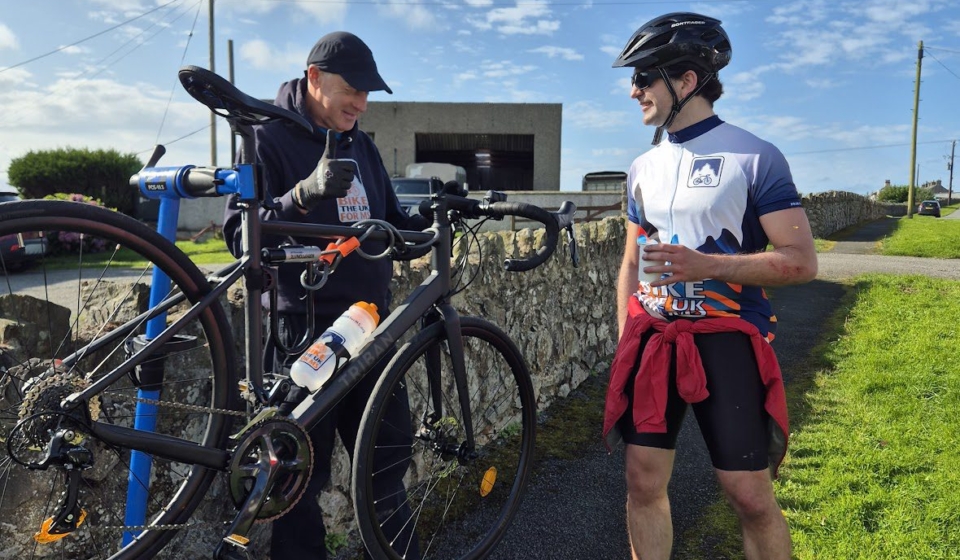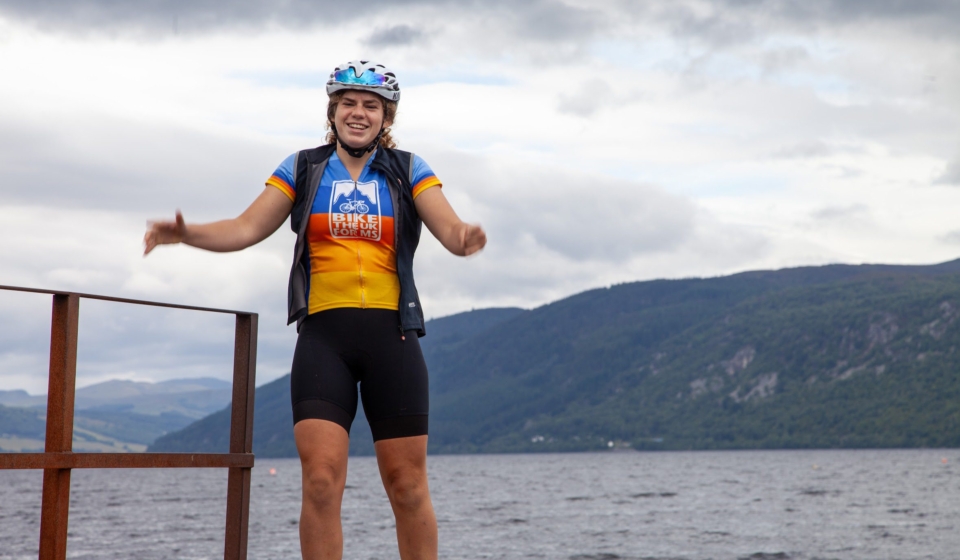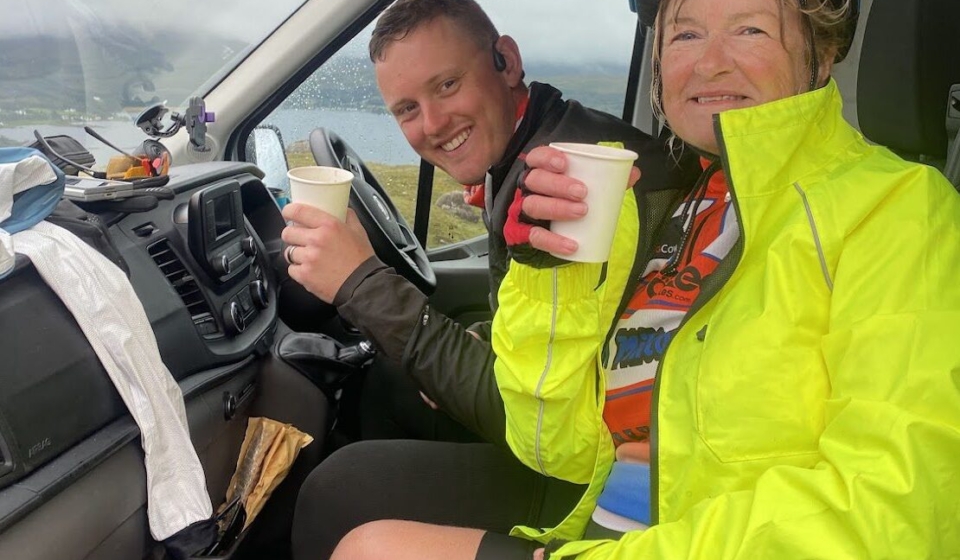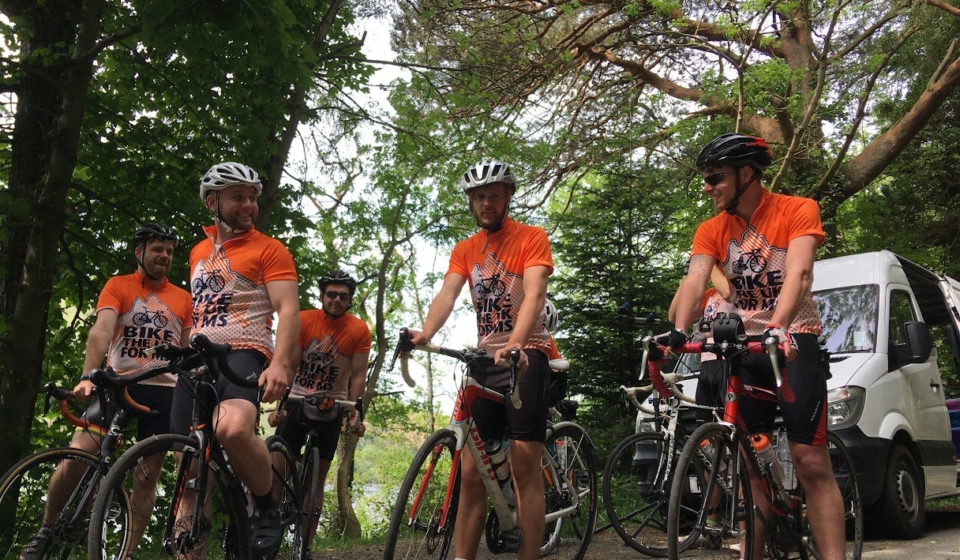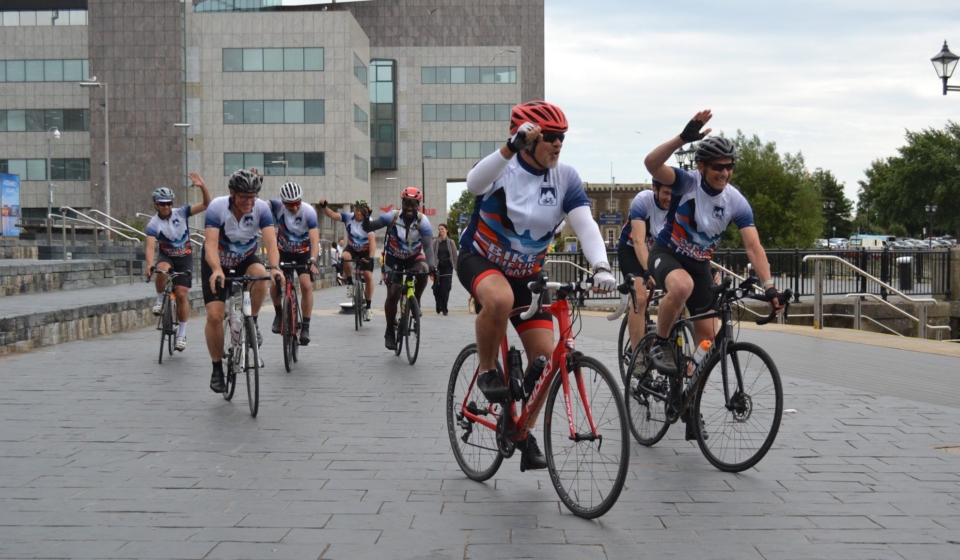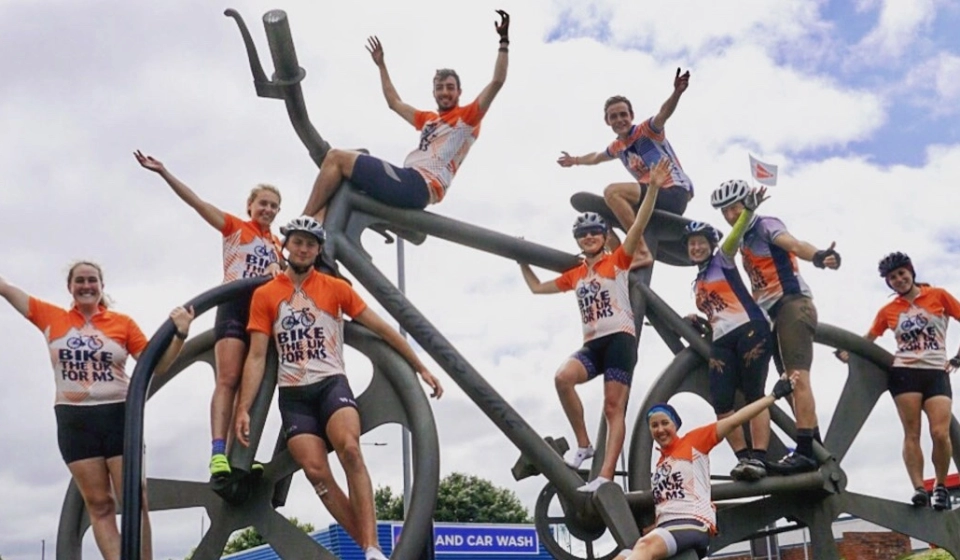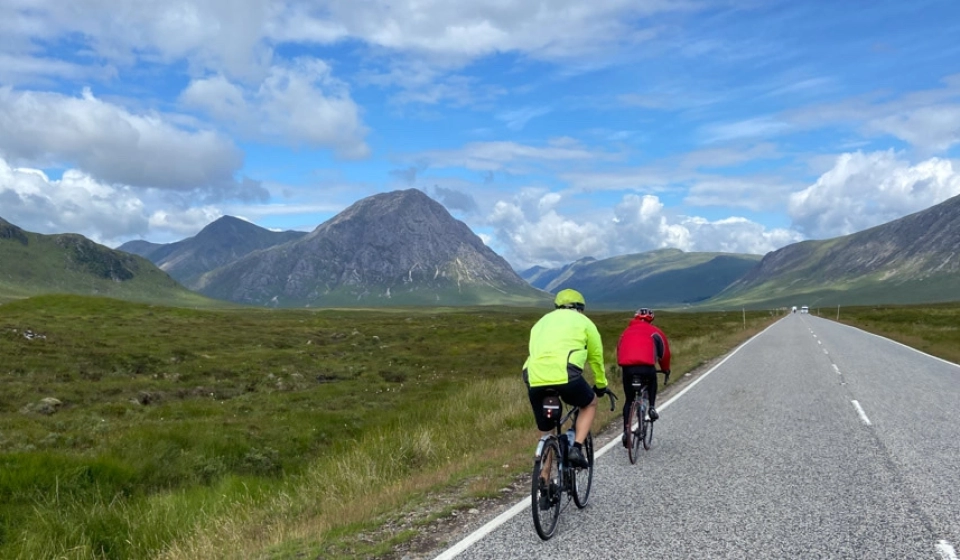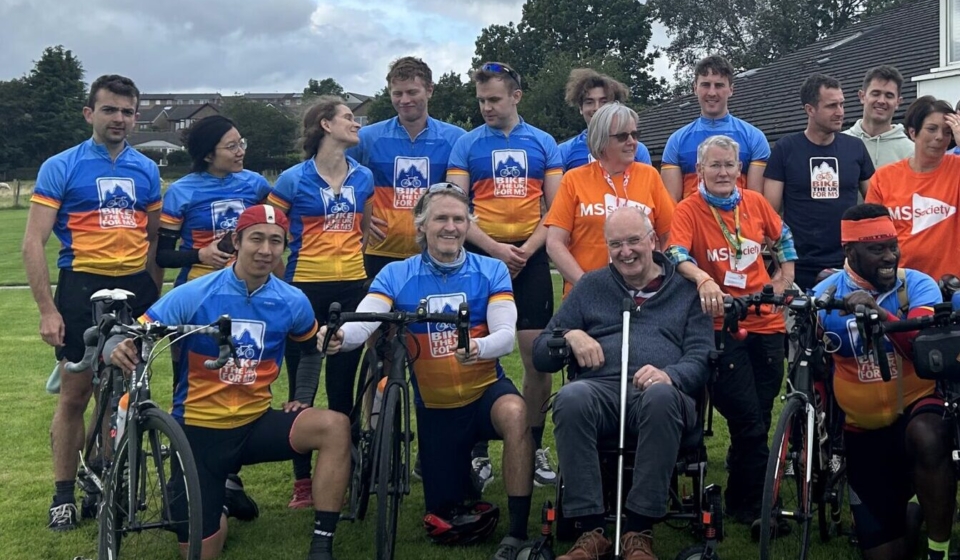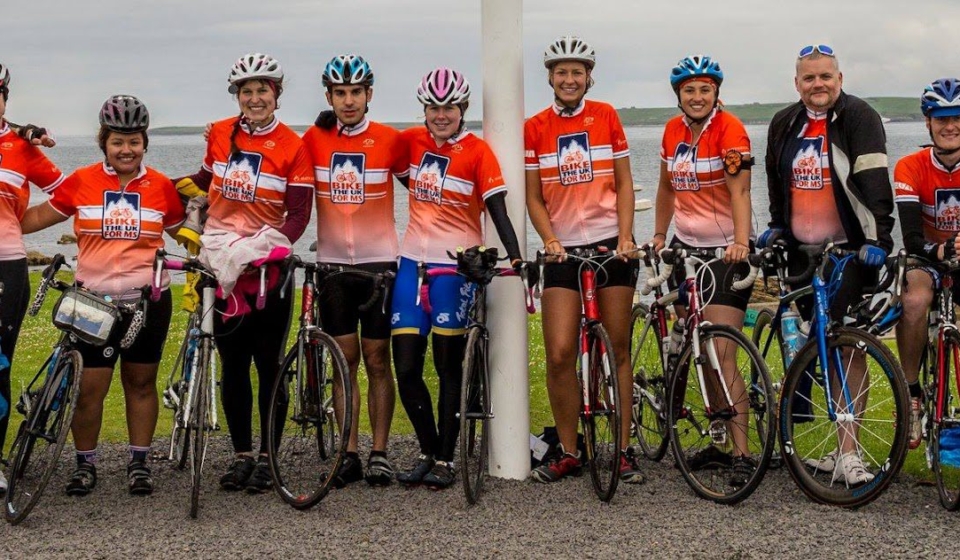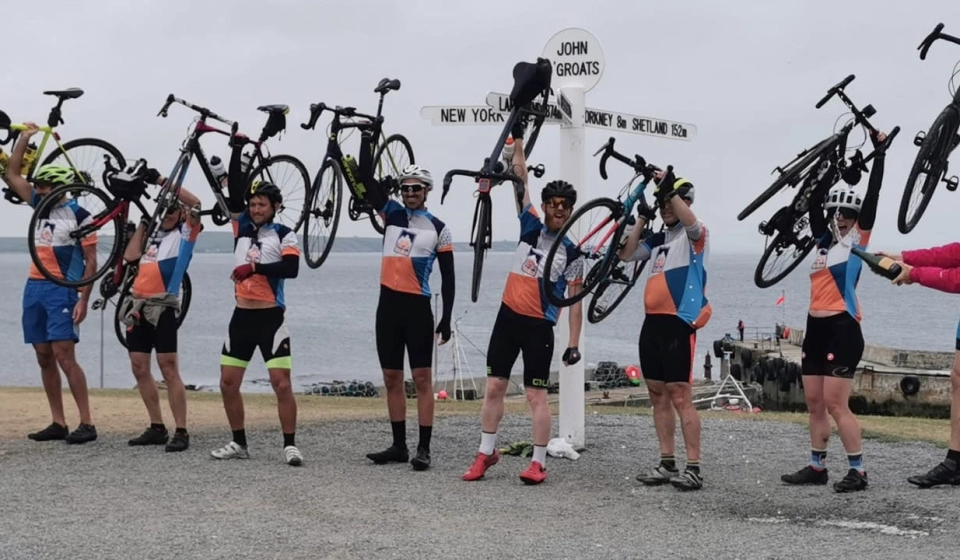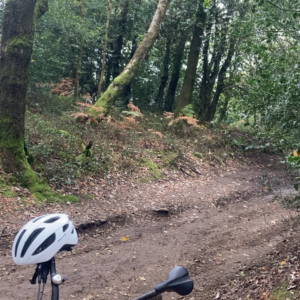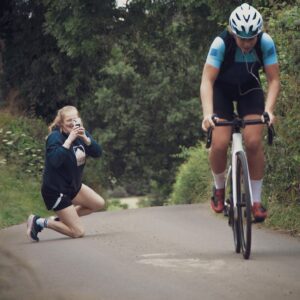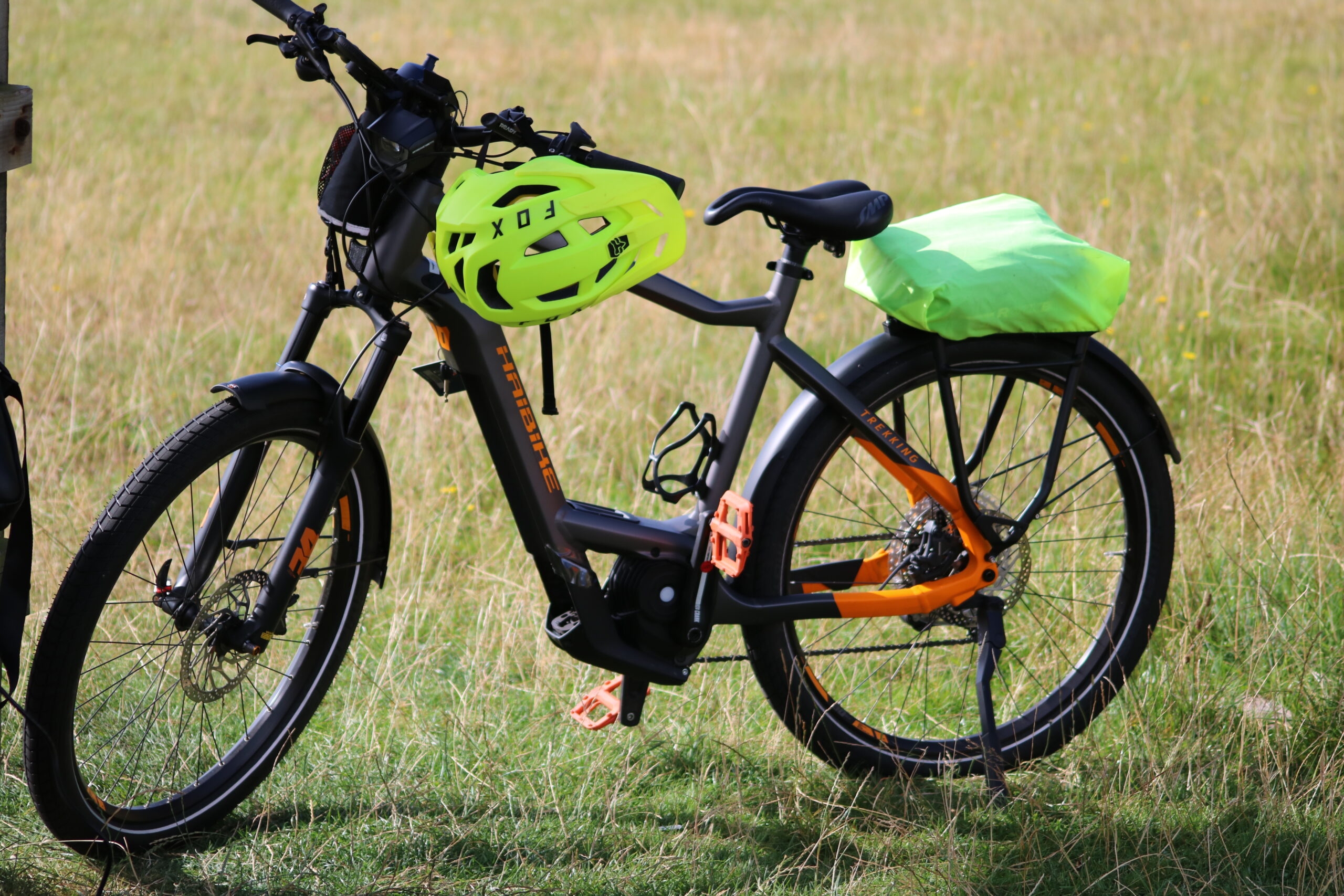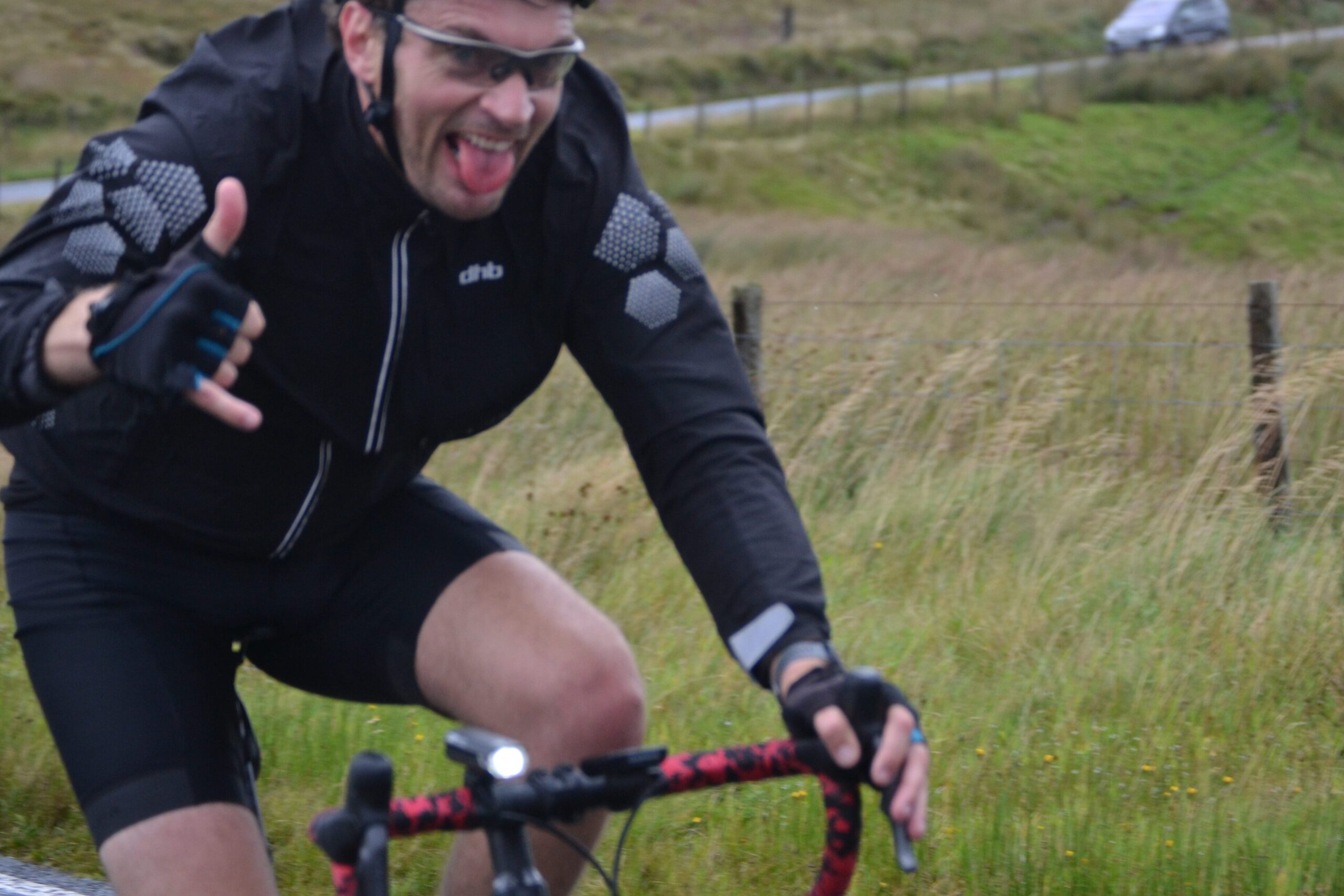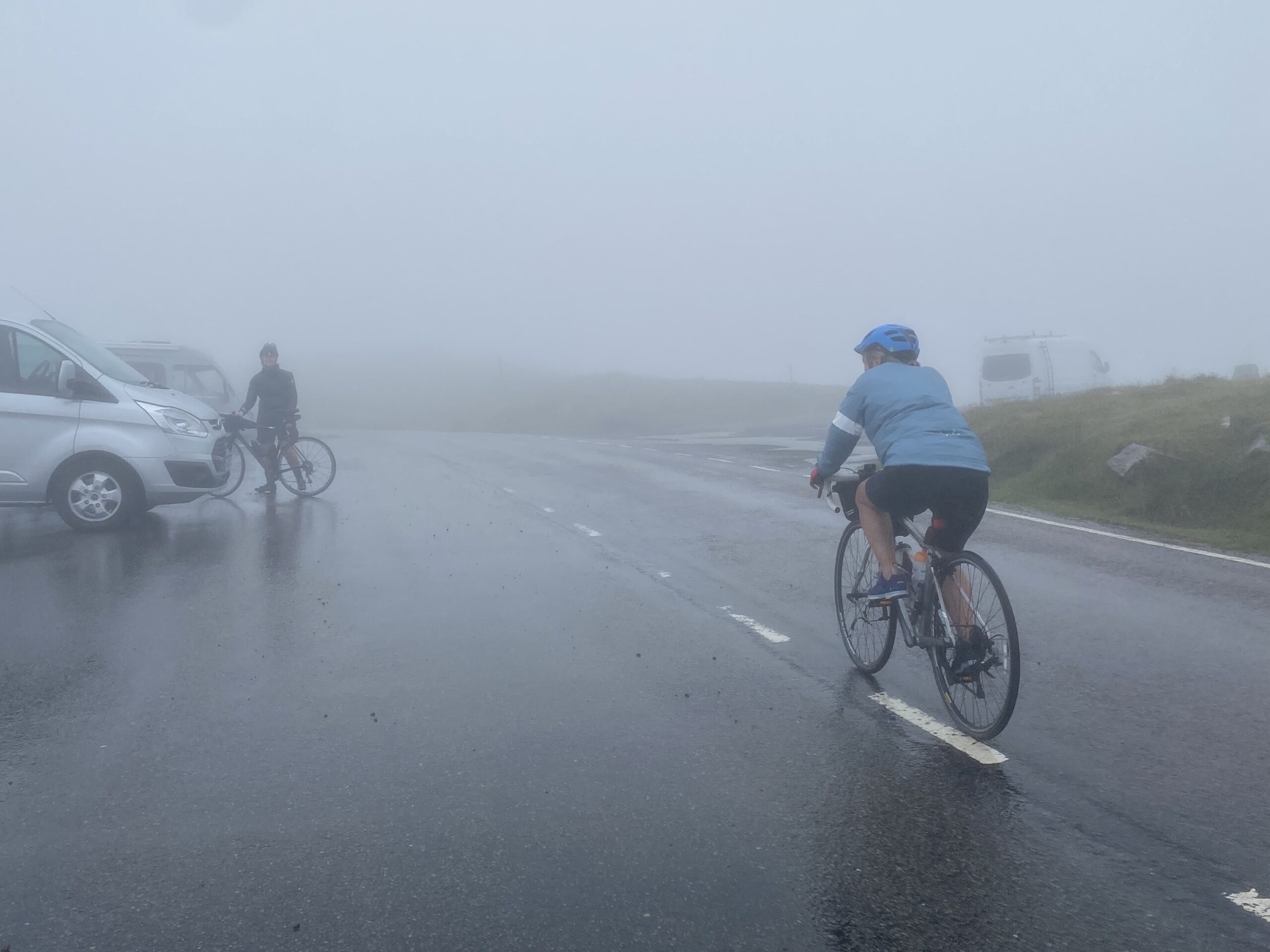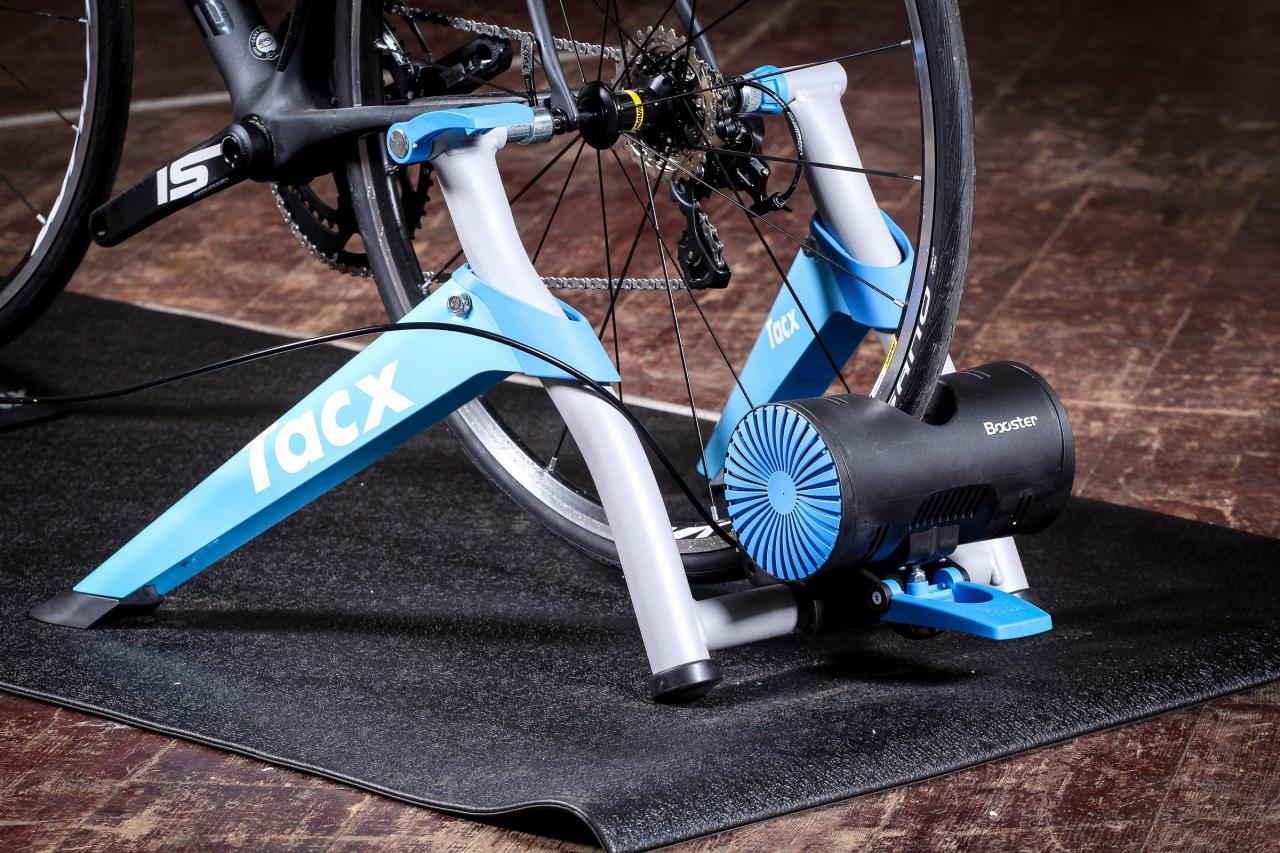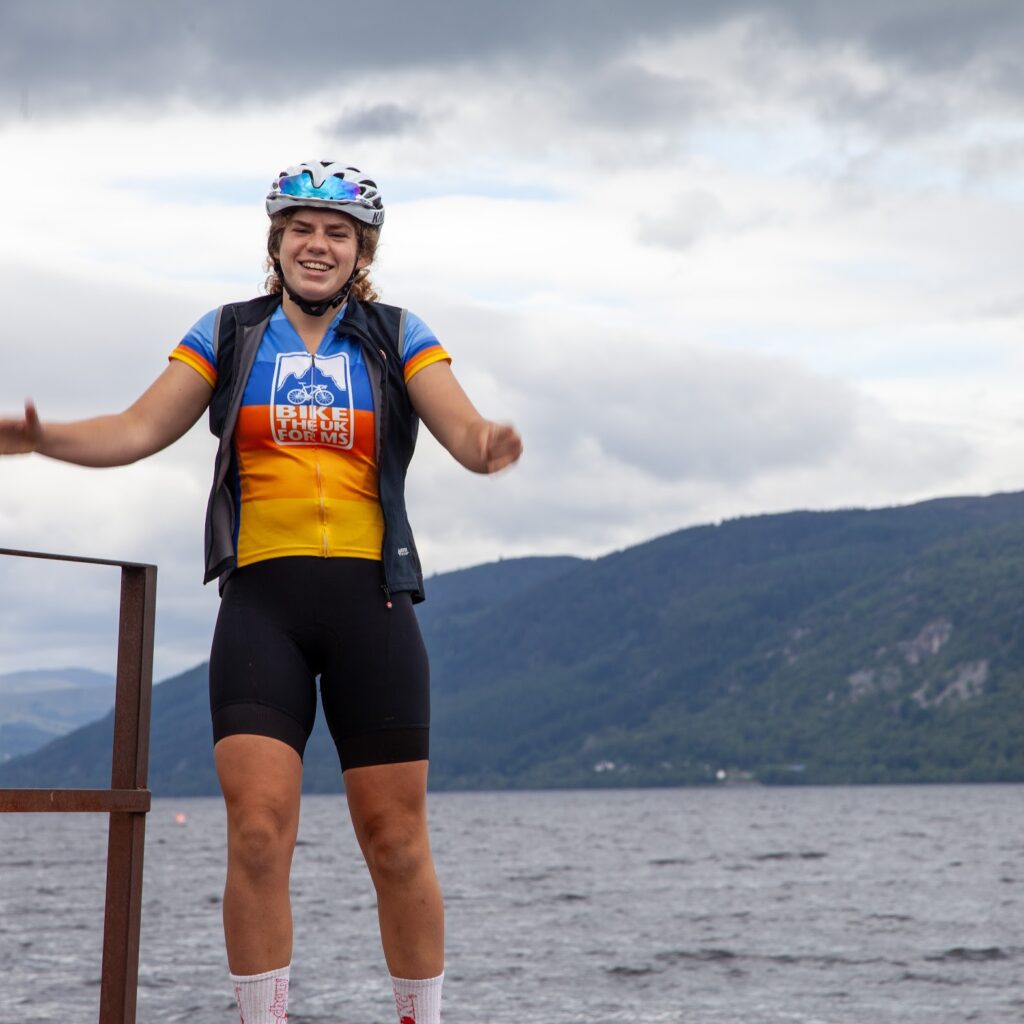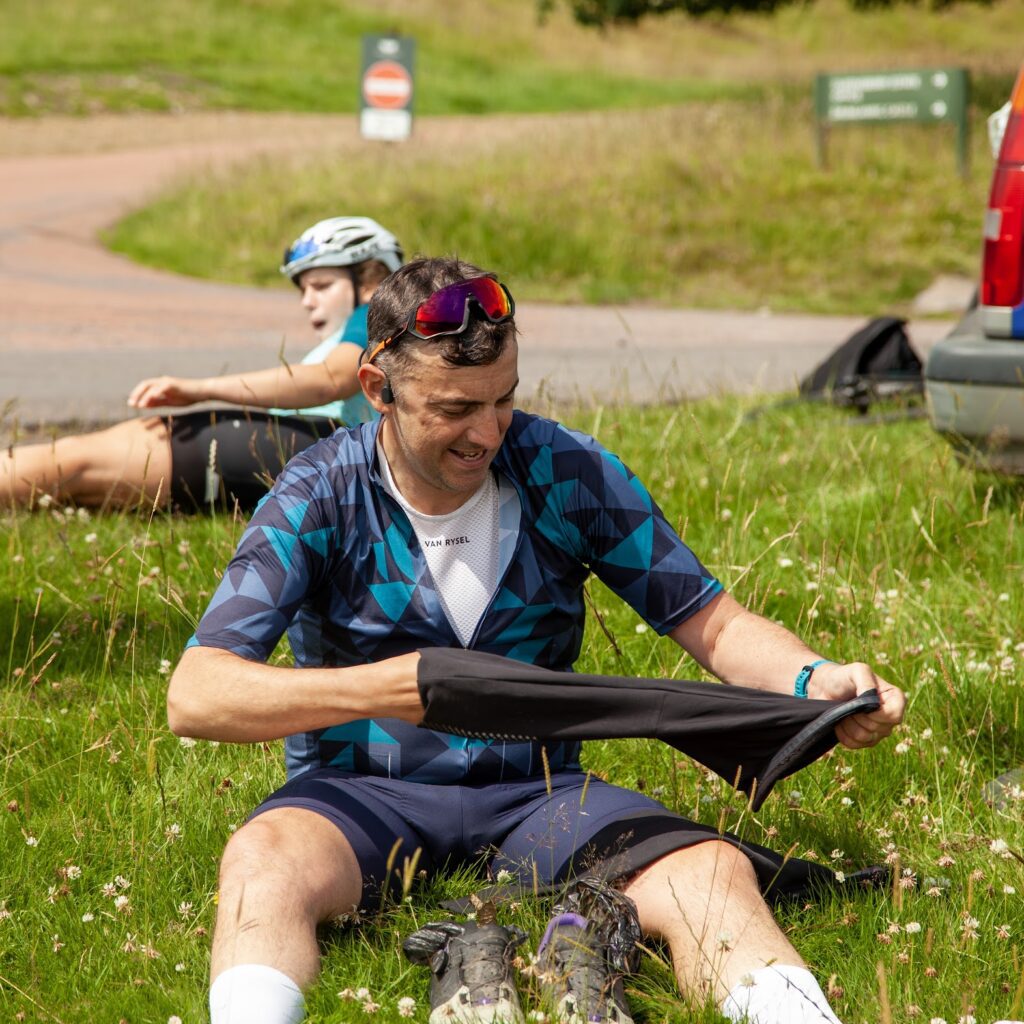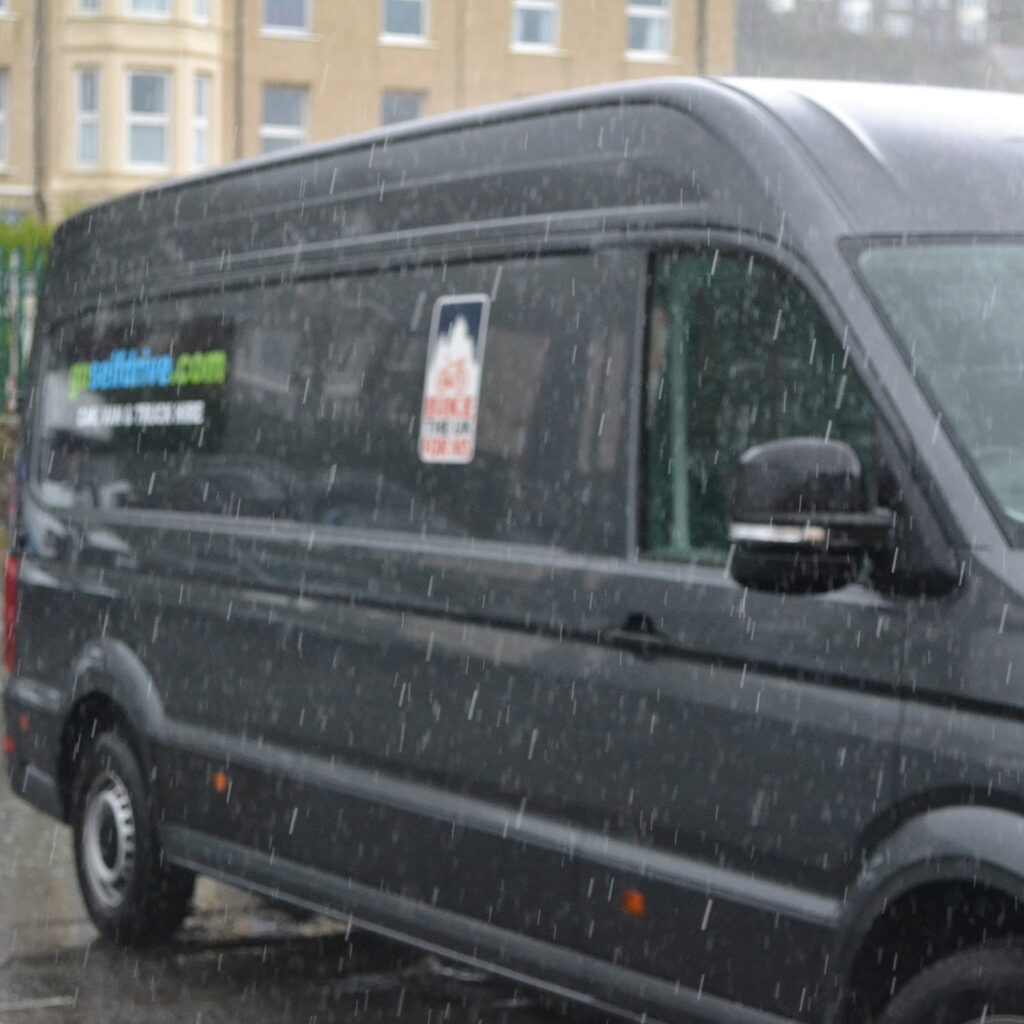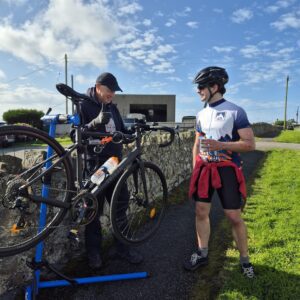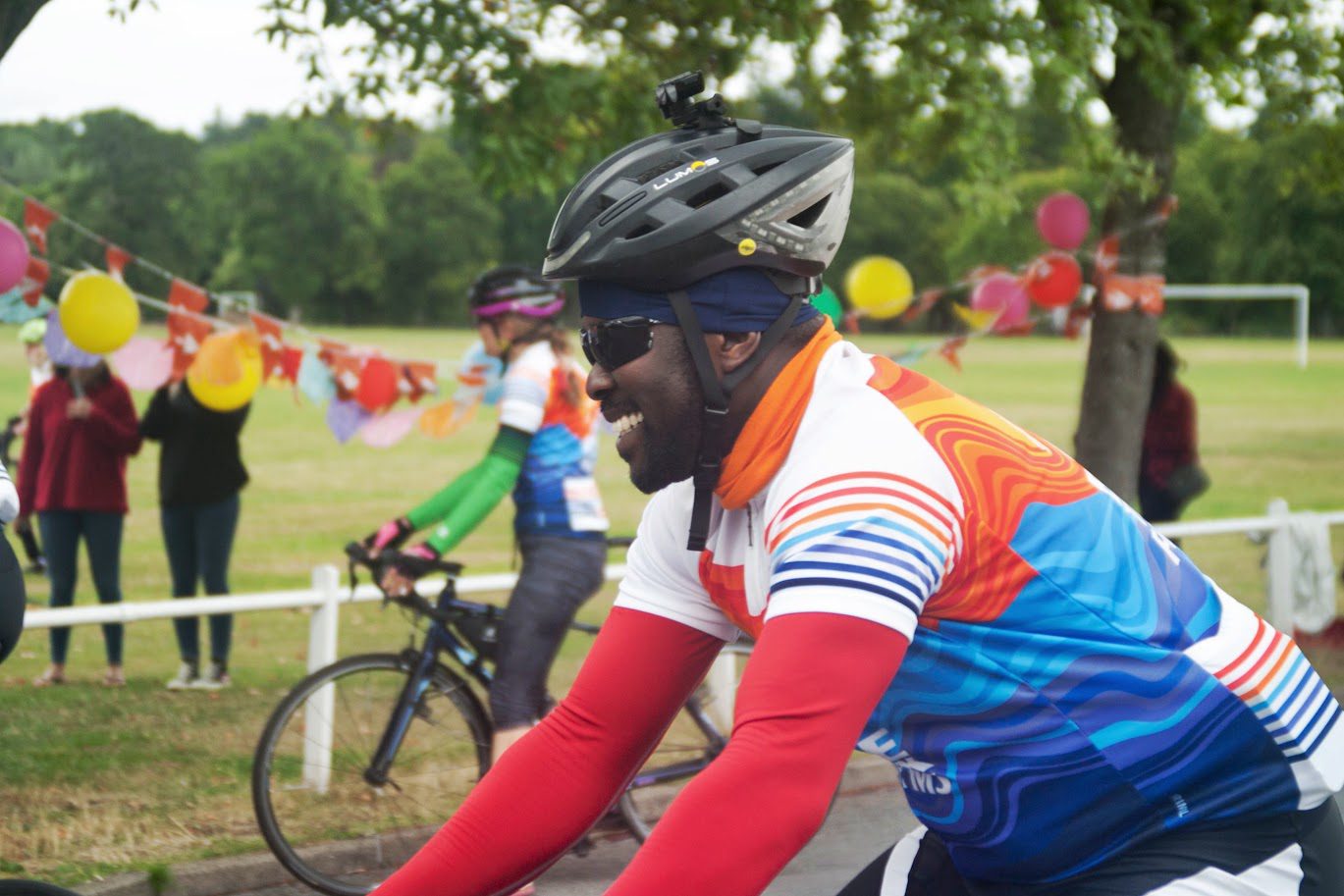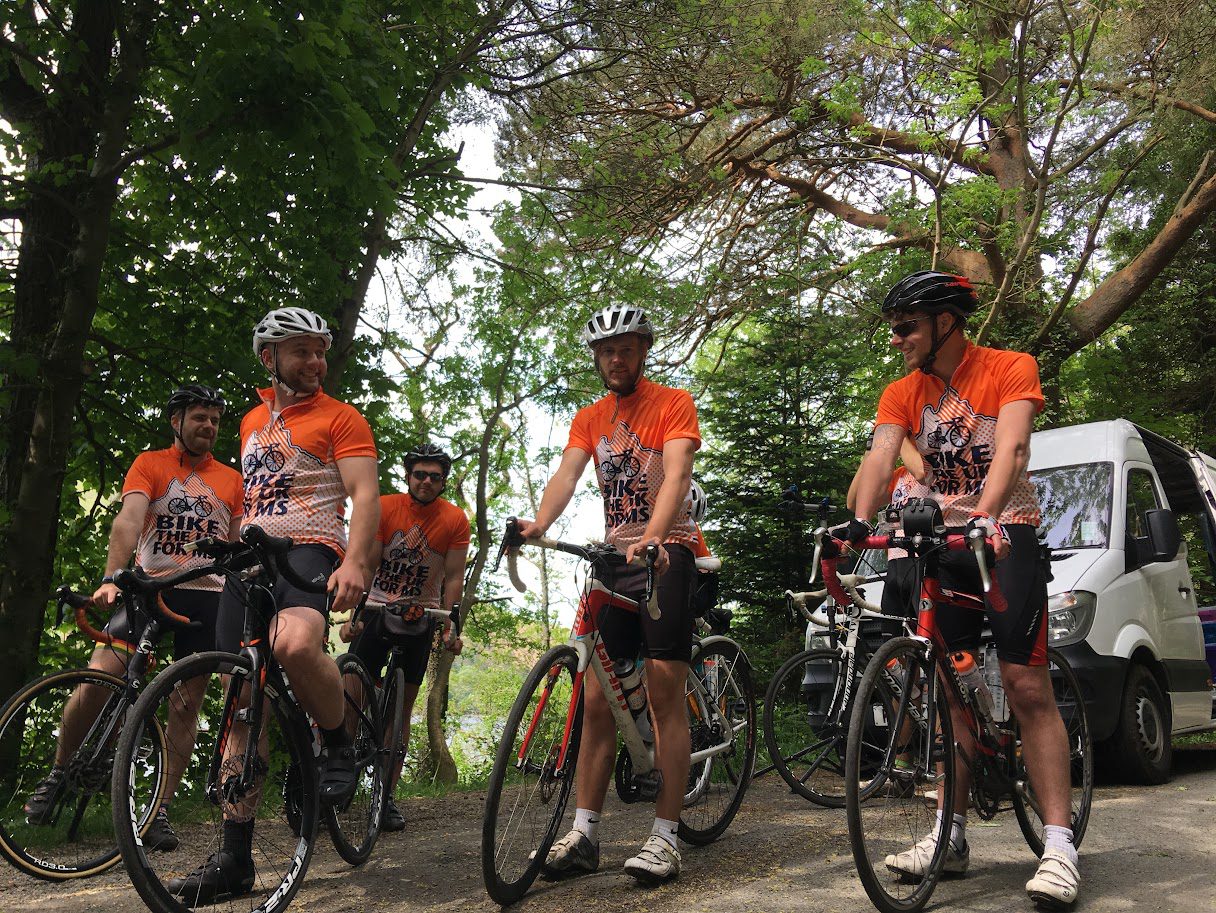A Year of Adventure and Impact
Gear up for an incredible year of adventure as we announce our highly anticipated schedule of 2025 charity bike rides for MS! Our six extraordinary events will bring together cycling enthusiasts and passionate individuals. All united in our mission to raise funds and awareness for multiple sclerosis. Get ready to pedal, push yourself, and make a lasting impact on the lives of those living with MS.
6 Charity Bike Rides for 2025
Join us as we embark on a summer of cycling, beginning with the iconic Land’s End to John O‘Groats adventure. Journey through the awe-inspiring landscapes of the North Coast 500 route, experience the scenic beauty of England on the remarkable Sea to Sea or Coast to Coast (C2C) route, and conquer the captivating Lon Las Cymru route, spanning the length of Wales. We also have two debut trips including an off-road King Alfred’s Way adventure and a hotel-based Scottish Highlands Bike Tour. Each event presents a unique opportunity to push your boundaries and connect with fellow riders. Create lasting memories while supporting a cause that truly matters.
Below, we’ll take you through the thrilling highlights of each charity bike ride. From the scenic surroundings to the heart-pumping challenges that lie ahead. Whether you’re a seasoned cyclist or a passionate supporter, these MS fundraising events in 2025 provide a perfect platform to make a tangible difference. Contribute to vital research projects, local MS groups, and the overarching goal of finding a cure.
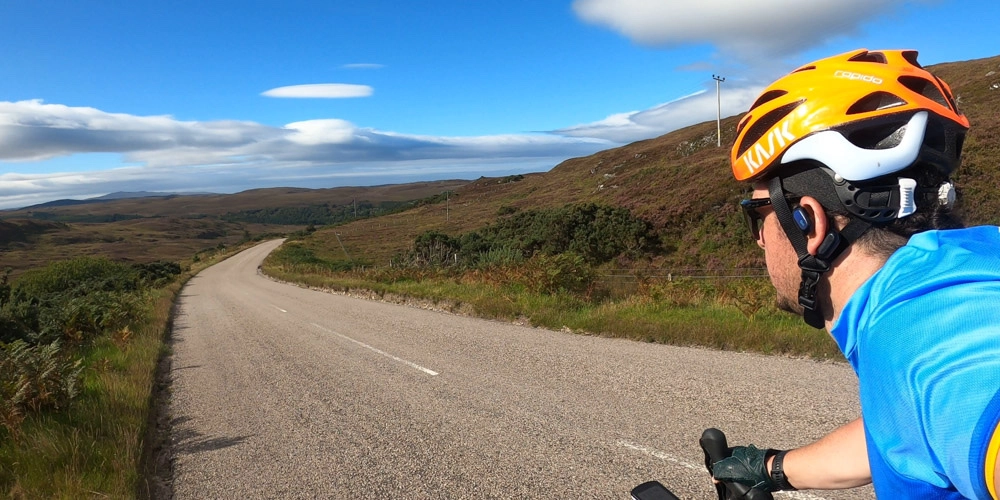
Land’s End to John O’Groats Cycle Route – July 5-19th
A fantastic opportunity to cycle the length of Great Britain, covering 1,020 miles from the southernmost point of England to the northern tip of Scotland. Commonly known as LEJOG, this iconic route offers breathtaking landscapes and an unforgettable challenge.
Starting at Land’s End, the south western most point of the UK, you’ll pedal your way through picturesque villages, rolling hills, and captivating countryside. The LEJOG route takes you through England’s southwest region, passing by landmarks such as Cheddar Gorge, the untamed moors of Dartmoor National Park, and the picturesque Lake District further north. As you venture beyond half way, you’ll enter the rugged beauty of Scotland, with its majestic highlands and vast lochs.
Spanning 15 days, the Land’s End to John O’Groats cycle route is a challenging ride that requires dedication, stamina, and a love for the open road. Throughout the ride, you’ll be fully supported by our experienced team, ensuring your safety and comfort every step of the way.
How much does it cost to cycle from Land’s End to John O’Groats you ask? Unlike other events with upfront costs to register, we have only an initial donation of £25 to cover your welcome pack and then ask riders to raise £1.50 per mile, so a total of £1,530 for LEJOG. This can be raised through donors, self funded or a mix of the two, whatever suits you best. The Land’s End to John O’Groats cycle is a key component of our 2025 charity bike rides. Participants will have the chance to make a tangible difference in the fight against MS.
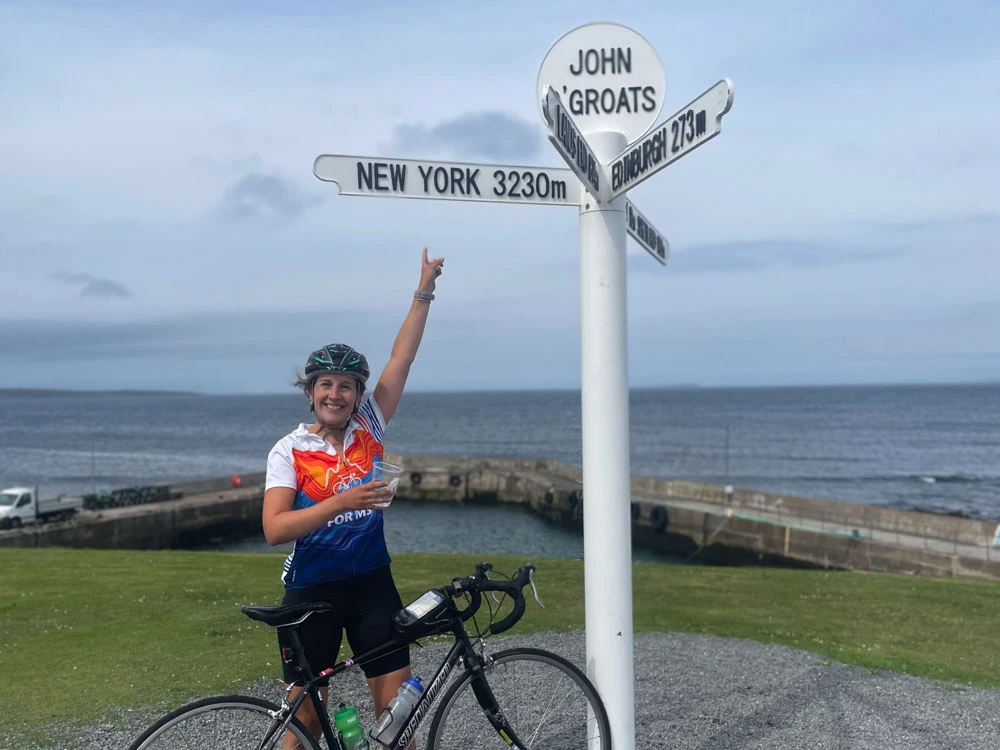
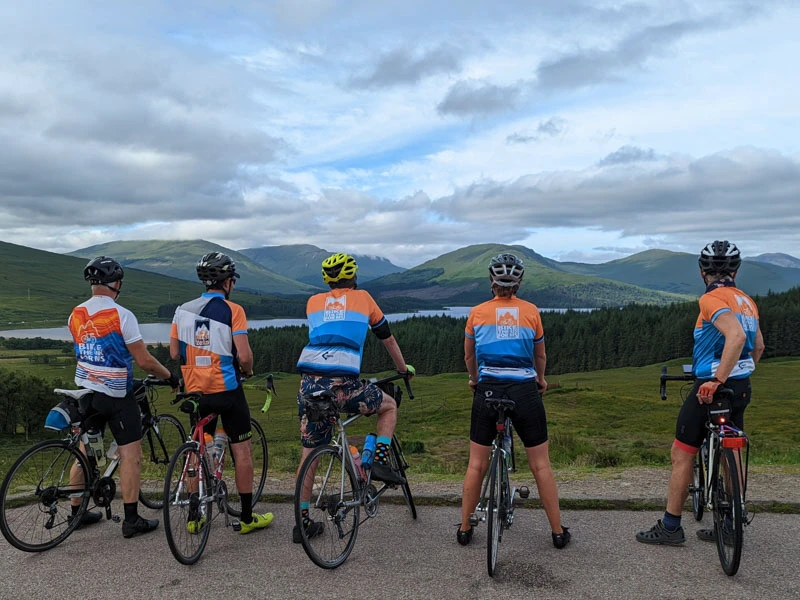
Exploring the North Coast 500 – June 14th-21st
Take on the wild North Coast 500 cycle route! A captivating ride that showcases the stunning landscapes of Scotland’s northern coastline. One of the standout features of this route is taking on the legendary Bealach na Ba, a daring 2000ft climb over 5 miles. Brace yourself for an adrenaline-pumping ascent that will push your limits. Be rewarded with panoramic views that will leave you breathless (quite literally).
As you pedal along the NC500, you’ll be spellbound by the ever-changing scenery that unfolds before your eyes. Navigate winding roads, pass through charming villages, and immerse yourself in the untouched splendour of the Scottish Highlands. Each turn presents a new vista to behold. From dramatic cliffs to serene beaches, and from lush greenery to majestic mountains. This is a cycling experience that will not only challenge you physically, but also ignite your sense of adventure and wonder.
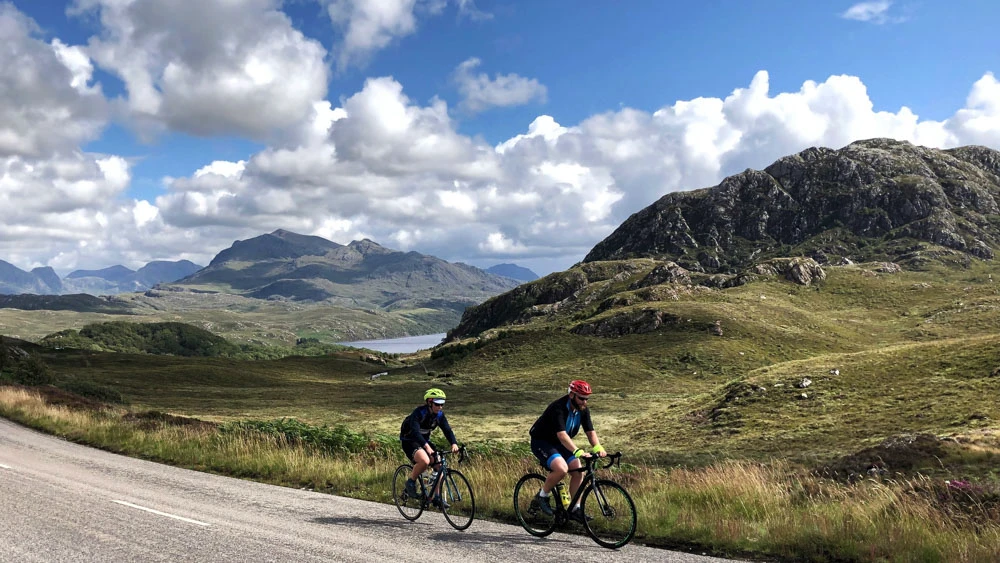
Conquering the Sea to Sea & Lon Las Cymru
Prepare for an extraordinary charity cycle ride adventure as we conquer the Sea to Sea cycle route from 9th-11th August. Also known as the Coast to Coast or C2C route, ride from Whitehaven to Tynemouth on the North Sea. Pedal through diverse scenery, including the tough hills of the Northern Lake District. Traverse the Pennines, the ‘backbone of England’, before reaching the vibrant city of Newcastle.
We have the Lon Las Cymru route on the 16-19th August. The route was new to Bike the UK for MS in 2023. The route spans the length of Wales, from Holyhead to Cardiff. It showcases the remarkable countryside and cultural treasures from Snowdonia to the Brecon Beacons.
Both of these routes offer challenging yet rewarding experiences, connecting participants with the heart of the UK while supporting the MS cause.
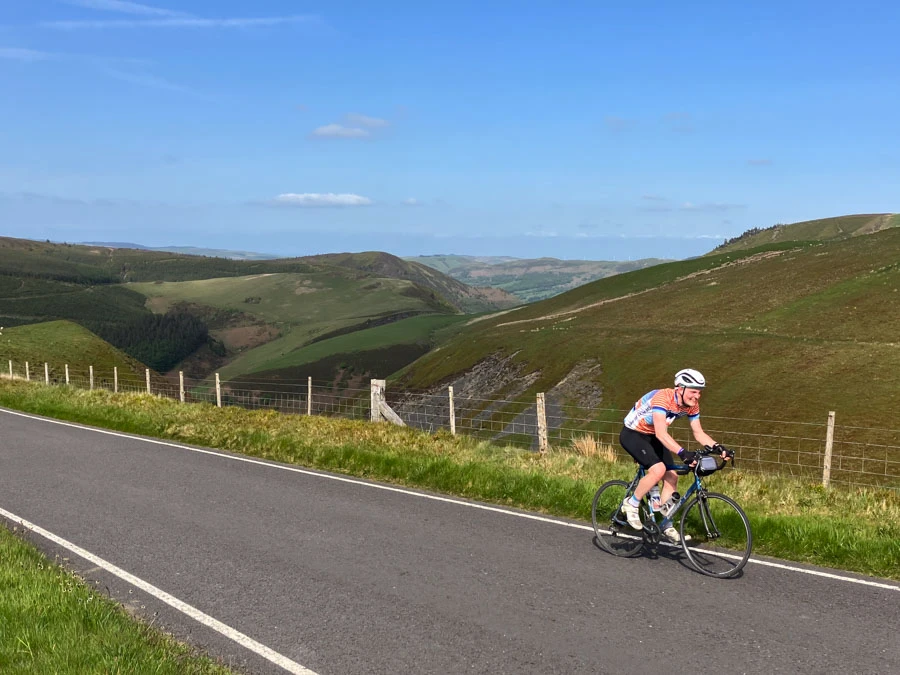
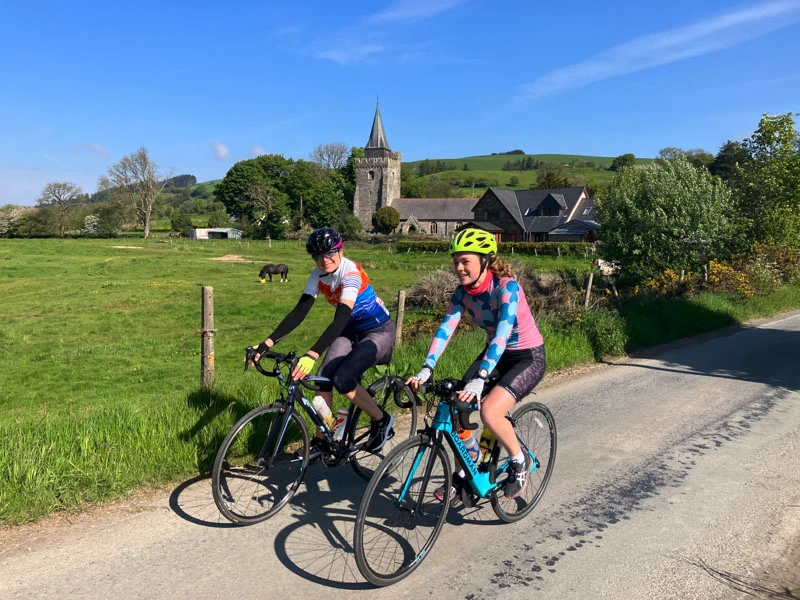
Our Debut 2025 trips – King Alfred’s Way and Scottish Highlands Bike Tour
Get ready for an unforgettable off-road charity cycling adventure as we tackle King Alfred’s Way from May 16th–19th. It is our first trip of the 2025 season where you can explore this historic 220-mile loop through the heart of England, taking on challenging trails, gravel paths, and ancient tracks. Ride past castles, cathedrals, and stunning countryside as you traverse the South Downs, Salisbury Plain, and the Ridgeway. Join us for this incredible journey and help support those living with MS.
Experience our first-ever fully supported cycling tour through the Scottish Highlands — July 13th–19th. This brand-new trip includes hotel accommodation each night, giving you a chance to recover in comfort after each day’s ride. Riders can choose to fully self-fund or part-fundraise, all while raising vital money for MS. Explore breath-taking landscapes, tackle epic climbs, and be part of this incredible new chapter of Bike the UK for MS
Making an Impact on our 2025 Charity Cycle Rides
Participating in our 2025 charity bike rides for MS allows you to make a real impact. By raising funds and awareness, you’ll support local MS groups, contribute to vital research projects and bring us one step closer to finding a cure. Together, we can create a brighter future for those living with multiple sclerosis.
As we launch our 2025 campaign, we invite you to be a part of this remarkable journey. Whether you’re a seasoned cyclist or looking to make a difference, there’s a place for you in our MS rides. Sign up today!



